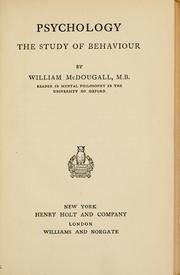
Photo from academic.microsoft.com
Abstract People make split-second inferences about a third person's trustworthiness. It has also been shown that beauty stereotypes govern our social judgments of, and expectations towards, others. In this study,… Click to show full abstract
Abstract People make split-second inferences about a third person's trustworthiness. It has also been shown that beauty stereotypes govern our social judgments of, and expectations towards, others. In this study, we aim to investigate the effect of positive and negative behavioral descriptions on perceived trustworthiness of male faces varying in attractiveness. We created four categories of faces: attractive and trustworthy faces paired with either positive or negative descriptions, and unattractive and untrustworthy faces paired with either positive or negative descriptions. Furthermore, we generated a composite face from the individual faces within each category (4 composites in total). We applied two conditions: in the first condition, participants saw the stimuli 5 times during the learning phase; in the second, the stimuli were presented only 3 times. We found that stereotype-inconsistent descriptions had a greater effect on Spontaneous Trait Inferences (STI) than stereotype-consistent ones. Furthermore, negative social information affected the STI process more strongly than positive information did. We also revealed a clear learning effect related to the number of stimulus presentations whereby the importance of the social information in trustworthiness decisions increased as did the number of stimulus presentation. These results demonstrate a stereotype-inconsistent effect and the dynamic process of stereotype formation.
Journal Title: Personality and Individual Differences
Year Published: 2018
Link to full text (if available)
Share on Social Media: Sign Up to like & get
recommendations!